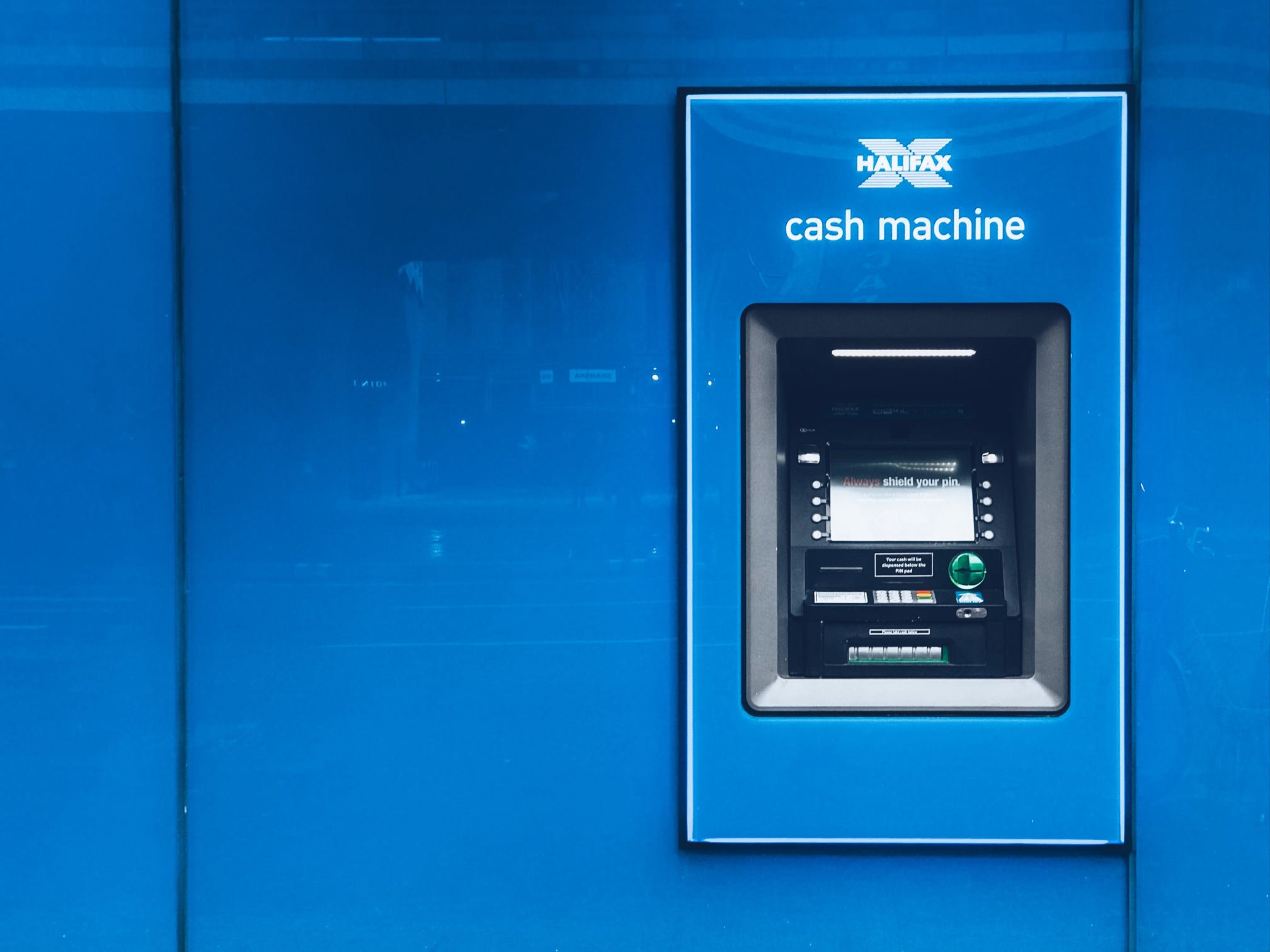The banking and finance sector is ideally suited for digital transformation but, improving the customer experience as part of that comes with some caveats. When dealing with money, the majority of people are naturally cautious and nervous about sharing personal details and especially financial data. Financial institutions have to earn that trust and yet having access to financial data could help them customize and improve the banking experience for their client and, in turn, earn that trust.
People’s fears are not unfounded, as cyber security remains an ongoing challenge for financial services. There are also the concerns about businesses aggressively marketing to people and using the data shared to generate targeted offers which can be unsettling. How then can banks improve their customer experience (CX) using digitization in a way that customers will find beneficial rather than intrusive and be willing to transition to digital channels? There are some lessons to be learned from around the globe.
Consumer-first digital transformation
While South Africa may have stringent international currency trading regulations, domestically their client service offerings are significantly advanced in terms of digital experiences. The transition has been led by First Rand Bank, one of the four major banks in South Africa, and their consumer brand First National Bank (FNB). Their digital initiatives have been aimed specifically at solving key issues for customers. These efforts culminated in developing a banking application that enables customers to conduct all their banking transactions online securely—even when using a mobile device. Here are a few examples:
eWallet
With the unfortunate high crime rate in South Africa, people in general prefer not to carry cash. South Africa also has a very large portion of its population working in the informal sector, which relies on cash wages. (The informal sector is made up of legal microbusinesses. They are not formally registered and generally operate on a cash basis. These may include street vendors, craftsmen and women, food kiosks, domestic workers, construction workers and casual laborers.) The resulting challenge is how to balance the security concerns of one group of customers against the need for cash from another? FNB, followed by all other major banks, introduced eWallet and cash send—features that enable customers to pay electronically from their account to a specific person and for that person to be able to withdraw it as cash. It works by using the receivers mobile phone number and sends them a pin code. They then use their mobile number and the pin code to be able to withdraw the cash from any ATM.
Snapscan
Businesses and informal traders have similar security concerns. Also because people don’t often carry much cash, businesses and market vendors were losing out on being able to sell more expensive items. Snapscan introduced a QR code payment mechanism. Cheaper to operate than a credit card merchant account, the business can simply display the QR code and customers can pay by scanning the code with their mobile phone. It’s quick, convenient and secure. It is also widely used by non-profits for fundraising. When doing in-person, social media and online funding drives, funds can be donated using the QR code. While QR code technology exists in the US, it is not widely used and has yet to take off. Considering the economic and social impact of the pandemic, this is an ideal opportunity for US banks to offer their customers an alternative contactless, cashless payment mechanism which is simple to implement.
Customer Service
The banks then looked at the reasons people went into banks. Was it to transact, deal with complex queries, or, submit or get verified documents, and was there a way to deliver a more efficient service digitally? The first transition was digital statements replacing postal statements which delivered a significant cost saving to the banks in terms of paper, printing and postage. While the statements are sent via email, customers need to input a personal pin to be able to download and open the documents—adding a layer of security. Additionally for the past few years, call center agents have been coaching customers through the online banking and mobile app features, helping them resolve their questions on their own. This has served a dual purpose of transitioning customers to digital banking channels and reducing call center costs and waiting times—because fewer customers are calling in.
Digital-Only Banking
While this adoption of digital banking in South Africa was taking place, a new entrant into the financial services sector shook things up even more. Tyme Bank launched in 2015, without any banking branches or ATMs and iIt still doesn’t have any branches—only customer service kiosks. By February 2020, Tyme Bank recorded more than 1.4 million customers with news reports highlighting that they were signing up on average 4,000 new customers a day.
Tyme Bank focused on targeting blue collar workers, people that probably don’t own a personal computer but who have a mobile phone. All transactions can be done on their mobile app, and for cash withdrawals, they partnered with two major supermarket chains so that customers can make cash withdrawals when they buy their groceries.
Behavioral Banking
Following Tyme’s example, South African financial services company Discovery launched a digital only behavioral bank in July 2020. Already an established health insurance, long and short term insurance, and credit card provider, Discovery has built a strong brand by rewarding people for good behavior. Their Discovery VItality program is linked to health plans and rewards customers for reaching exercise goals, getting health checks, buying healthy food items at partner supermarkets, and doing preventative screening tests annually. Similarly, their car insurance has a Vitality Drive program that rewards customers for good driving behaviour through multiple rewards partners. The bank has taken a similar approach—rewarding customers for saving, investing and transacting below their earnings. Targeting higher income earners, as of June 2020, they’re reported to have 177,000 customers.
What’s the key to financial services customer experience?
These examples show what’s possible and that customers may be more open to digitalization than previously thought. Already as a result of the pandemic, people have become more accustomed to using digital channels. Surveys suggest that most people will be willing to give up personal data if it results in better service and greater convenience.
In other words if the transition is effortless and the benefits are clear, customers are more likely to adopt technology. The primary lesson though is having a customer centric strategy, understanding what’s important to customers, how they engage online, and offering products and services that are of value and relevant to them. Making the best use of customer data to create excellent customer experiences is the key to financial services digital transformation.





